Jul 22, 2025 10:58 AM
Pianist, Educator Hal Galper Dies at 87
Hal Galper, a pianist, composer and arranger who enjoyed a substantial performing career but made perhaps a deeper…
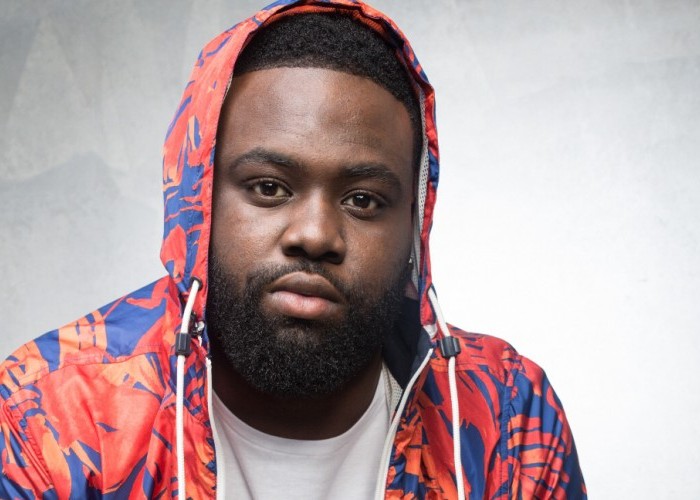
Pianist James Francies has released his Blue Note debut, Flight.
(Photo: Jati Lindsay)In 2015, when pianist James Francies signed with Blue Note, he was a 20-year-old sophomore at The New School for Jazz and Contemporary Music with an elite resume. He had improvised at the highest levels with drummer Jeff “Tain” Watts and vibraphonist Stefon Harris, plugged in with drummer Chris Dave, served as a sub with The Roots on Late Night With Jimmy Fallon and appeared on the soundtrack to the 2015 Netflix documentary What Happened, Miss Simone?
But the Houston native remained in school, earning his BFA and bolstering his reputation. He played on Chance The Rapper’s 2016 hit “No Problem,” and has performed with a diverse array of artists, including Common, Nas, Lauryn Hill, José James, Pat Metheny, Chris Potter and Eric Harland.
Francies accesses all these experiences on his Blue Note debut, Flight, with bassist Burniss Travis II and drummer Jeremy Dutton, from his group, Kinetic, several vocalists and guest instrumentalists Potter, vibraphonist Joel Ross and guitarist Mike Moreno.
“The record goes a bunch of places, but a spine threads through it,” Francies said. “Instead of playing a bunch of notes and songs everyone knows, I wanted to show my different layers.”
The album showcases what pianist Aaron Parks describes as Francies’ “undeniable technical virtuosity,” marked by “remarkable independence between his hands that lets him keep two very distinct, coherent ideas—sometimes it feels like three—going on all at once.”
Consider “Reciprocal,” on which all members soar cogently through the 21/8 form; or “Crib,” on which Francies and Potter converse at length over gnarly changes; or his efflorescent opening solo on “Sway,” a beautiful line that Francies wrote in high school.
But for the most part, Francies reserves pyrotechnics for the numerous concerts he expects to do with Kinetic next year. He takes his time, develops motifs, focuses on storytelling. On “Dark Purple,” a spacey, swirly, rubato ballad, Francies—whose synesthetic visions direct his creative flow—enters “a Zen place as different colors pass by.” He generates richly orchestrated layers of harmony and colors to surround Chris Turner’s incantatory lyric on the kaleidoscopic “Dreaming” and to frame his lyric solo on the opening section of “A Lover And A Fighter,” whose final section upholds the band’s sobriquet.
“It’s like a wave, constant motion that we add to and remove things from,” Francies said of his attitude toward rhythm. “It feels like flying—we’re somewhere else for that hour we perform. It’s defying fear, finding a higher place, believing and trusting in yourself. When birds fly, they trust their wings and the air around them. If you think about it too much, it probably won’t happen.”
“Pointing out a single song doesn’t do James justice,” said Derrick Hodge, who produced the album. “There aren’t many James Francies-isms. What makes him unique is the album’s flow, the contrast from song to song, his willingness to throw himself into different situations—to be in the moment and put what’s honestly him on the line when the lights are on, with the confidence he’ll land on his feet. He doesn’t worry about being judged.”
Francies evolved this aesthetic ethos coming up in what he described as an “iffy” section of Houston. “I was probably the only person in my neighborhood going to a magnet school,” he said, referring to the exemplary High School for the Performing and Visual Arts.
He played sermons at his parents’ church and, from age 14 through 17, led a gigging jazz trio modeled on Oscar Peterson, an early hero. His real-world experiences “reinforced that this isn’t a joke,” he said. “People who are supporting families are sacrificing to hear you play. Some people waited all week to hear you, or didn’t eat that day because they wanted to go to a concert.
“For me, music is music. Always play from your heart, with empathy and authenticity. It doesn’t matter where you are—I’d play the same in front of you for an hour as I would with The Roots in front of thousands of people. There’s a saying, ‘If you’re always ready, then you never have to be ready.’” DB
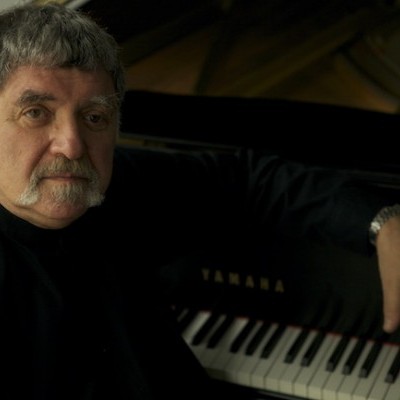
Galper was often regarded as an underrated master of his craft.
Jul 22, 2025 10:58 AM
Hal Galper, a pianist, composer and arranger who enjoyed a substantial performing career but made perhaps a deeper…
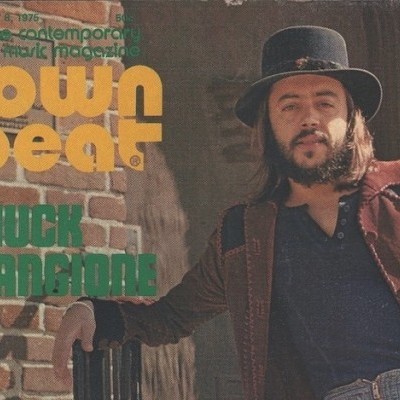
Chuck Mangione on the cover of the May 8, 1975, edition of DownBeat.
Jul 29, 2025 1:00 PM
Chuck Mangione, one of the most popular trumpeters in jazz history, passed away on July 24 at home in Rochester, New…

Jordan was a dyed-in-the-wool bebopper whose formative musical experiences were with Charlie Parker.
Aug 12, 2025 10:24 AM
Sheila Jordan, a vocalist who was celebrated for her scatting and lyric-improvising abilities, died Aug. 11 at her home…
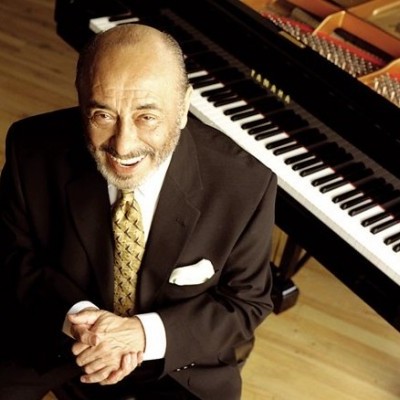
“I don’t guess I’m going to excite you; I know I’m going to excite you,” Palmieri said in an August 1994 DownBeat feature.
Aug 12, 2025 10:33 AM
Famed Latin jazz composer, bandleader and pianist Eddie Palmieri passed away in his New Jersey home on Aug. 6. He was…
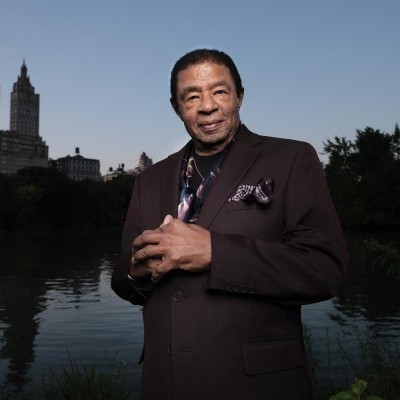
“What I got from Percy was the dignity of playing the bass,” Buster Williams said of Percy Heath.
Aug 26, 2025 1:53 PM
Buster Williams, who at the age of 83 has been on the scene for 65 years, had never done a Blindfold Test. The first…